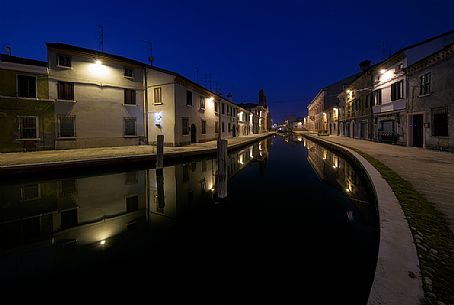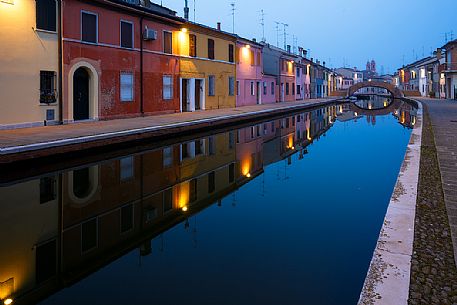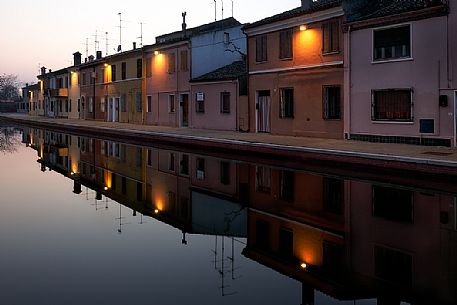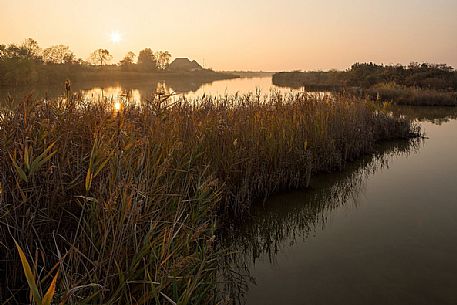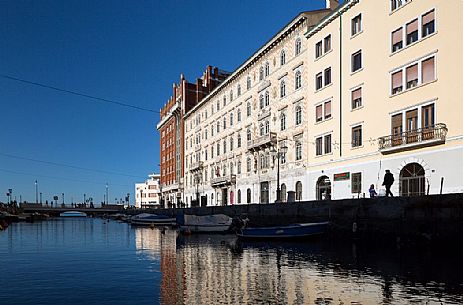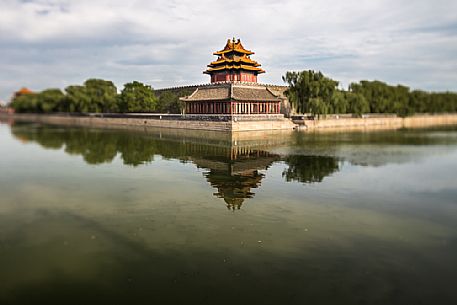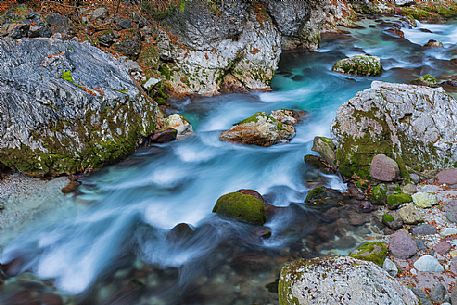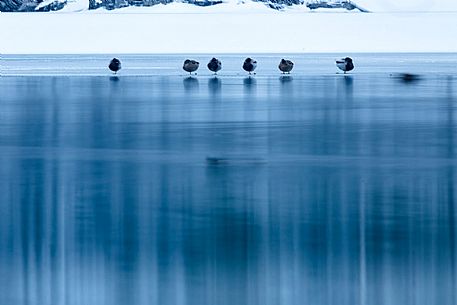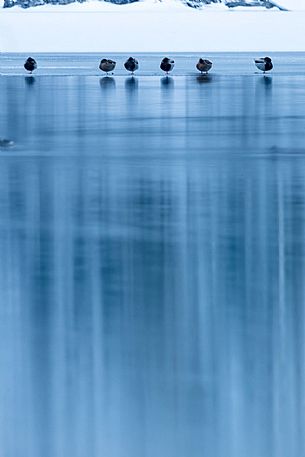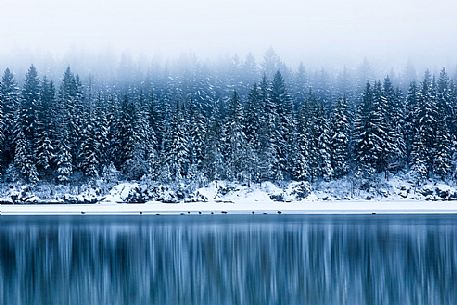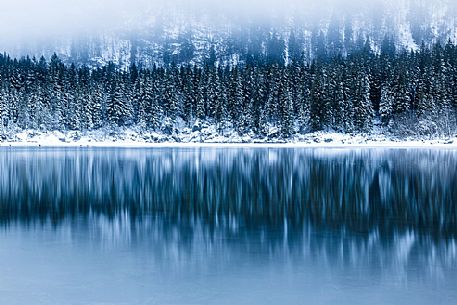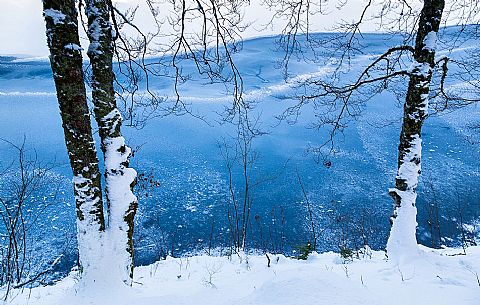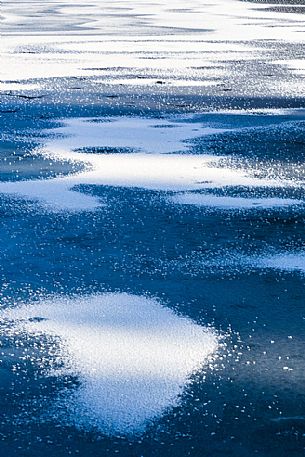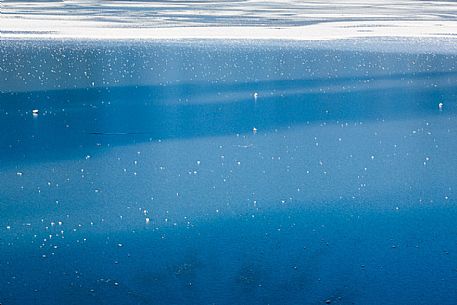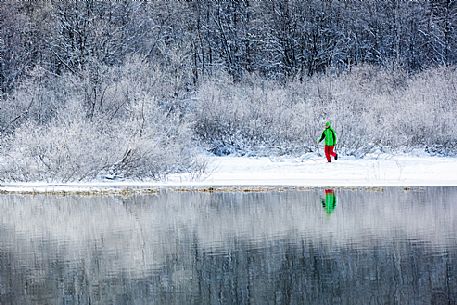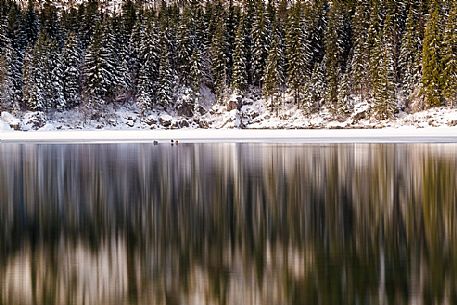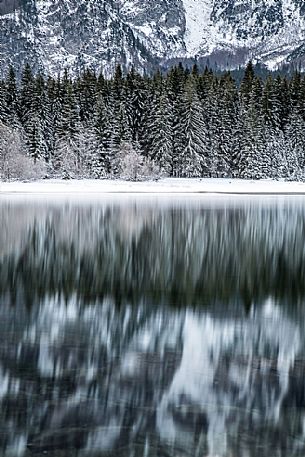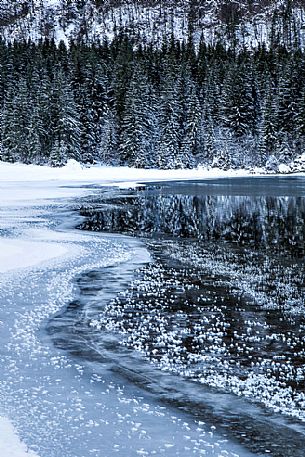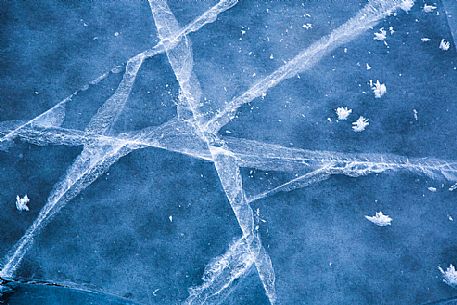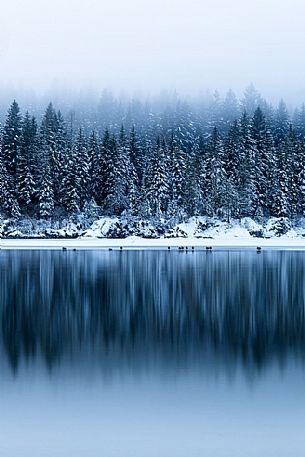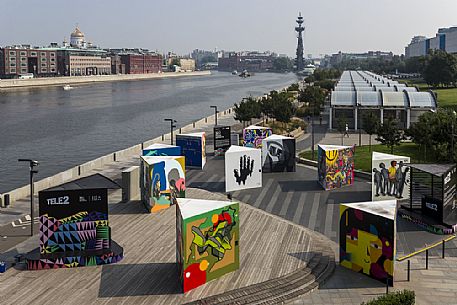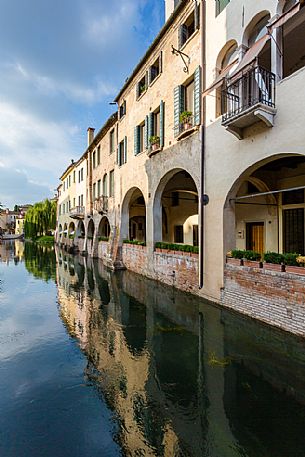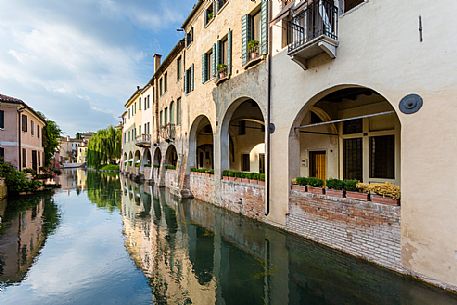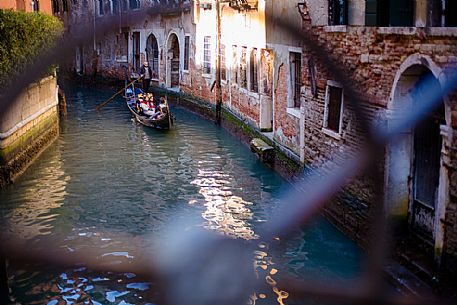Please Sign in or Register now to manage lightbox and cart
Lightboxes - How to use them
A Lightbox is a virtual table where you can collect and view images of interest.
Collect the files you like from any search results page or file close-up page by clicking the 'Add to your Lightbox' icon.
To open and view your selection, click the Lightbox link on the top navigation menu. You can have more than one lightbox if you're working on different projects.
You can email a Lightbox to friends and colleagues for review and discussion before purchase; they will receive an email with a link to the Lightbox that you created.
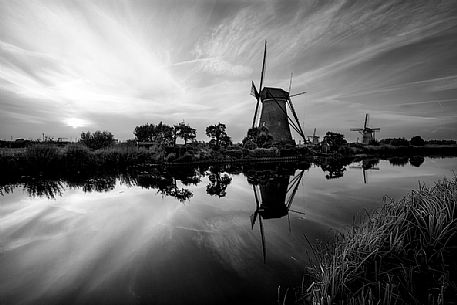
photographer: Stefano Caccia
The windmills of Kinderdijk. To drain the polder, a system of 19 windmills was built around 1740. This group of mills is the largest concentration of old windmills in the Netherlands. The windmills of Kinderdijk are one of the best-known Dutch tourist sites. They have been a UNESCO World Heritage Site since 1997.
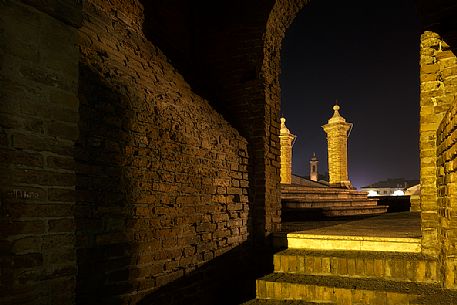
photographer: Stefano Caccia
Triple-bridge, Ponte dei Trepponti, called Ponte Pallotta (1638 Luca Danese architect), famous bridge landmark of town of Comacchio
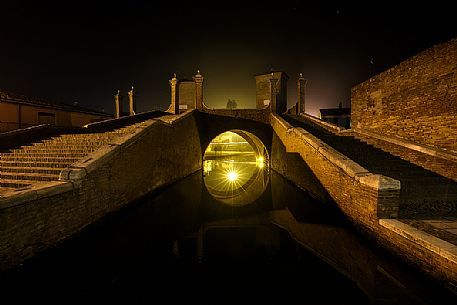
photographer: Stefano Caccia
Triple bridge, Ponte dei Trepponti, called Ponte Pallotta (1638 Luca Danese architect), famous bridge landmark of town of Comacchio

photographer: Stefano Caccia
Details and reflections of Triple-bridge, Ponte dei Trepponti, called Ponte Pallotta (1638 Luca Danese architect), famous bridge landmark of town of Comacchio
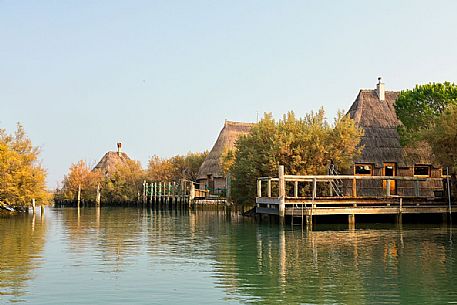
photographer: Luciano Gaudenzio
Casoni, typical lodge used by fishermen, Marano Lagunare, Italy
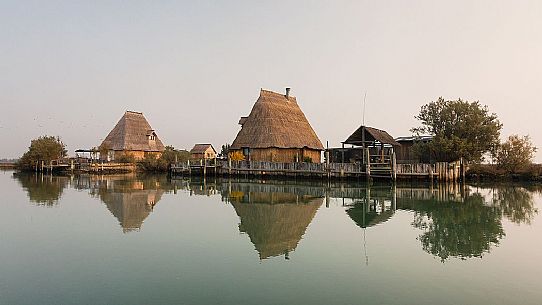
photographer: Luciano Gaudenzio
Casoni, typical lodge used by fishermen, Marano Lagunare, Italy

photographer: Luciano Gaudenzio
Casoni, typical lodge used by fishermen, Marano Lagunare, Italy
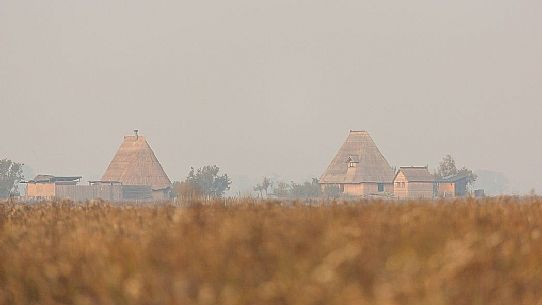
photographer: Luciano Gaudenzio
Casoni, typical lodge used by fishermen, Marano Lagunare, Italy
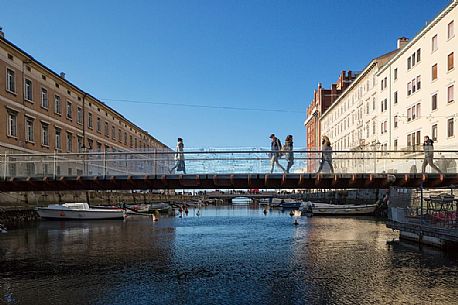
photographer: Luciano Gaudenzio
People over the bridge of Canal grande in Trieste city center, Italy, Europe
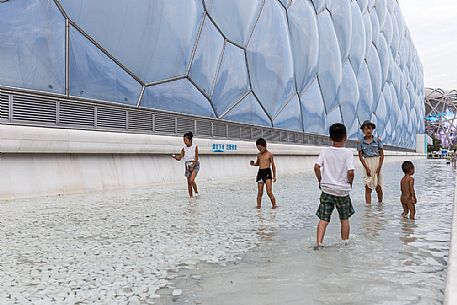
photographer: Martina Vanzo
Children playing outside the Beijing National Aquatics Center (called Water Cube) inside the Olympic Green, the olympic park built for 2008 Summer Olympics, China
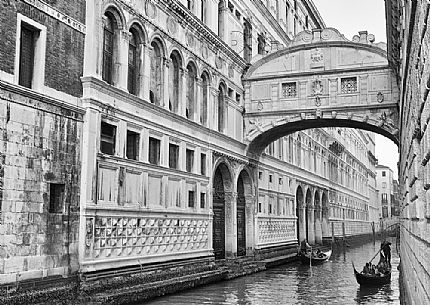
photographer: Diana Crestan
The Bridge of Sighs, ponte dei Sospiri, one of the most famous bridges in Venice. Italy
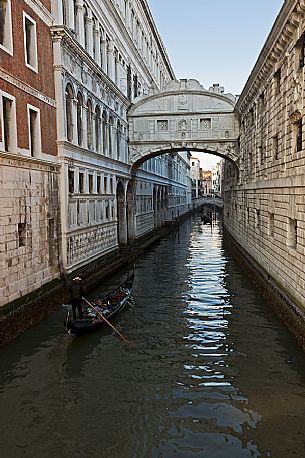
photographer: Diana Crestan
Tourists in a gondola admire the Bridge of Sighs for Ponte dei Sospiri, Venice. Italy.
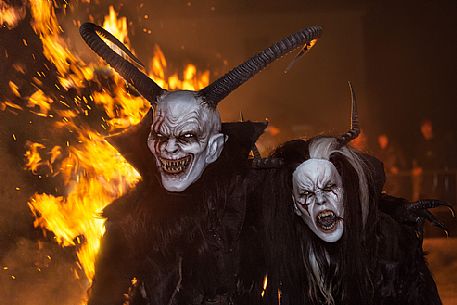
photographer: Anne Maenurm
Bad Santa, meet Krampus: a half-goat, half-demon, horrific beast who literally beats people into being nice and not naughty. Krampus, whose name is derived from the German word krampen, meaning claw, is said to be the son of Hel in Norse mythology. The legendary beast also shares characteristics with other scary, demonic creatures in Greek mythology, including satyrs and fauns, Tarvisio, Italy
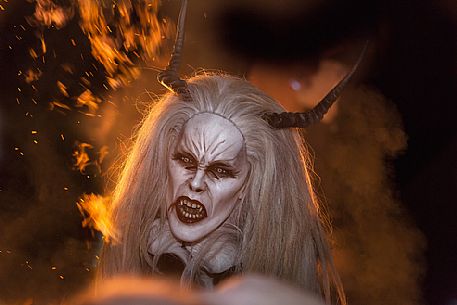
photographer: Anne Maenurm
Bad Santa, meet Krampus: a half-goat, half-demon, horrific beast who literally beats people into being nice and not naughty. Krampus, whose name is derived from the German word krampen, meaning claw, is said to be the son of Hel in Norse mythology. The legendary beast also shares characteristics with other scary, demonic creatures in Greek mythology, including satyrs and fauns, Tarvisio, Italy
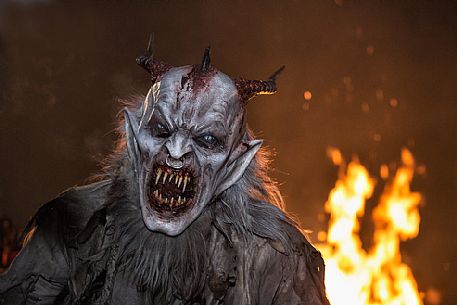
photographer: Anne Maenurm
Bad Santa, meet Krampus: a half-goat, half-demon, horrific beast who literally beats people into being nice and not naughty. Krampus, whose name is derived from the German word krampen, meaning claw, is said to be the son of Hel in Norse mythology. The legendary beast also shares characteristics with other scary, demonic creatures in Greek mythology, including satyrs and fauns, Tarvisio, Italy
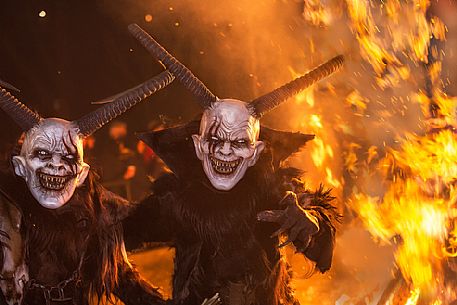
photographer: Anne Maenurm
Bad Santa, meet Krampus: a half-goat, half-demon, horrific beast who literally beats people into being nice and not naughty. Krampus, whose name is derived from the German word krampen, meaning claw, is said to be the son of Hel in Norse mythology. The legendary beast also shares characteristics with other scary, demonic creatures in Greek mythology, including satyrs and fauns, Tarvisio, Italy
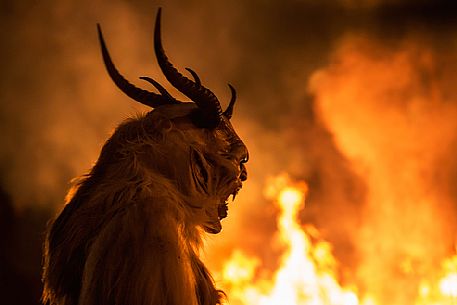
photographer: Anne Maenurm
Bad Santa, meet Krampus: a half-goat, half-demon, horrific beast who literally beats people into being nice and not naughty. Krampus, whose name is derived from the German word krampen, meaning claw, is said to be the son of Hel in Norse mythology. The legendary beast also shares characteristics with other scary, demonic creatures in Greek mythology, including satyrs and fauns, Tarvisio, Italy
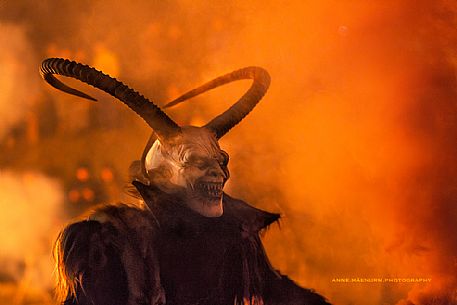
photographer: Anne Maenurm
Bad Santa, meet Krampus: a half-goat, half-demon, horrific beast who literally beats people into being nice and not naughty. Krampus, whose name is derived from the German word krampen, meaning claw, is said to be the son of Hel in Norse mythology. The legendary beast also shares characteristics with other scary, demonic creatures in Greek mythology, including satyrs and fauns, Tarvisio, Italy
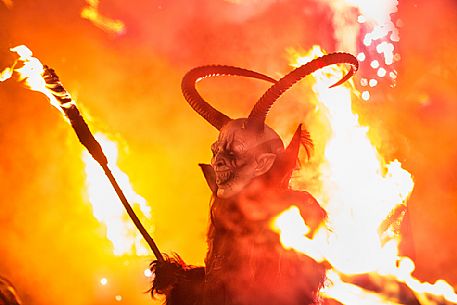
photographer: Anne Maenurm
Bad Santa, meet Krampus: a half-goat, half-demon, horrific beast who literally beats people into being nice and not naughty. Krampus, whose name is derived from the German word krampen, meaning claw, is said to be the son of Hel in Norse mythology. The legendary beast also shares characteristics with other scary, demonic creatures in Greek mythology, including satyrs and fauns, Tarvisio, Italy

photographer: Anne Maenurm
Bad Santa, meet Krampus: a half-goat, half-demon, horrific beast who literally beats people into being nice and not naughty. Krampus, whose name is derived from the German word krampen, meaning claw, is said to be the son of Hel in Norse mythology. The legendary beast also shares characteristics with other scary, demonic creatures in Greek mythology, including satyrs and fauns, Tarvisio, Italy
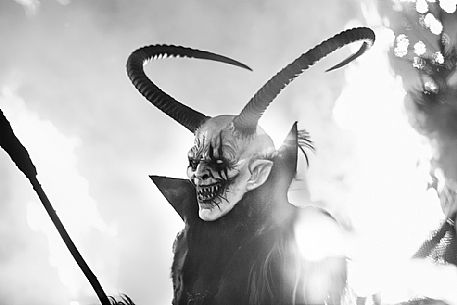
photographer: Anne Maenurm
Bad Santa, meet Krampus: a half-goat, half-demon, horrific beast who literally beats people into being nice and not naughty. Krampus, whose name is derived from the German word krampen, meaning claw, is said to be the son of Hel in Norse mythology. The legendary beast also shares characteristics with other scary, demonic creatures in Greek mythology, including satyrs and fauns, Tarvisio, Italy
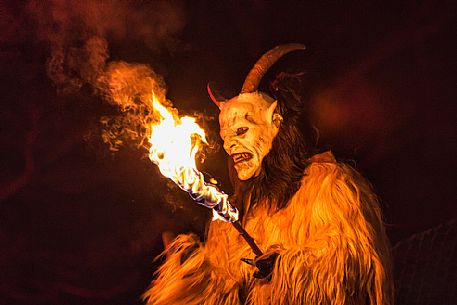
photographer: Anne Maenurm
Bad Santa, meet Krampus: a half-goat, half-demon, horrific beast who literally beats people into being nice and not naughty. Krampus, whose name is derived from the German word krampen, meaning claw, is said to be the son of Hel in Norse mythology. The legendary beast also shares characteristics with other scary, demonic creatures in Greek mythology, including satyrs and fauns, Tarvisio, Italy
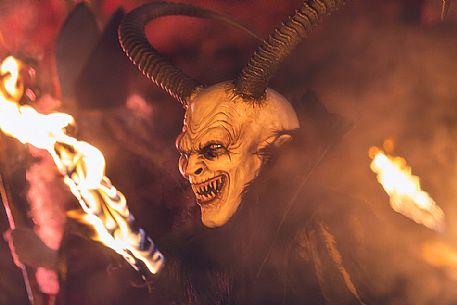
photographer: Anne Maenurm
Bad Santa, meet Krampus: a half-goat, half-demon, horrific beast who literally beats people into being nice and not naughty. Krampus, whose name is derived from the German word krampen, meaning claw, is said to be the son of Hel in Norse mythology. The legendary beast also shares characteristics with other scary, demonic creatures in Greek mythology, including satyrs and fauns, Tarvisio, Italy
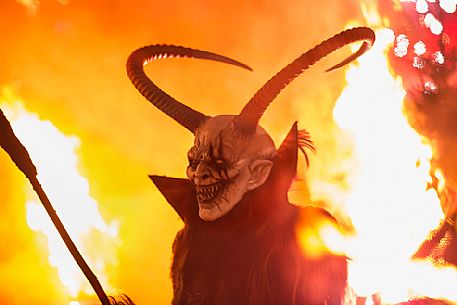
photographer: Anne Maenurm
Bad Santa, meet Krampus: a half-goat, half-demon, horrific beast who literally beats people into being nice and not naughty. Krampus, whose name is derived from the German word krampen, meaning claw, is said to be the son of Hel in Norse mythology. The legendary beast also shares characteristics with other scary, demonic creatures in Greek mythology, including satyrs and fauns,Tarvisio, Italy
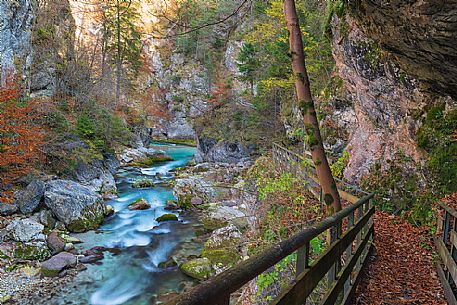
photographer: Anne Maenurm
The Orrido of Slizza is a beautiful water trail, Slizza stream, Julian Alps, Italy
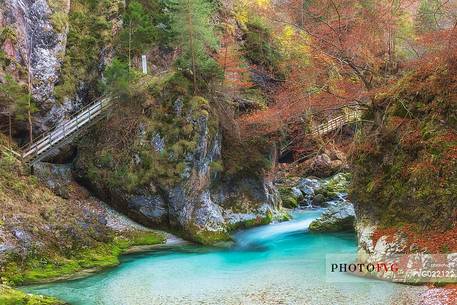
photographer: Anne Maenurm
The Orrido of Slizza is a beautiful water trail, Slizza stream, Julian Alps, Tarvisio, Italy
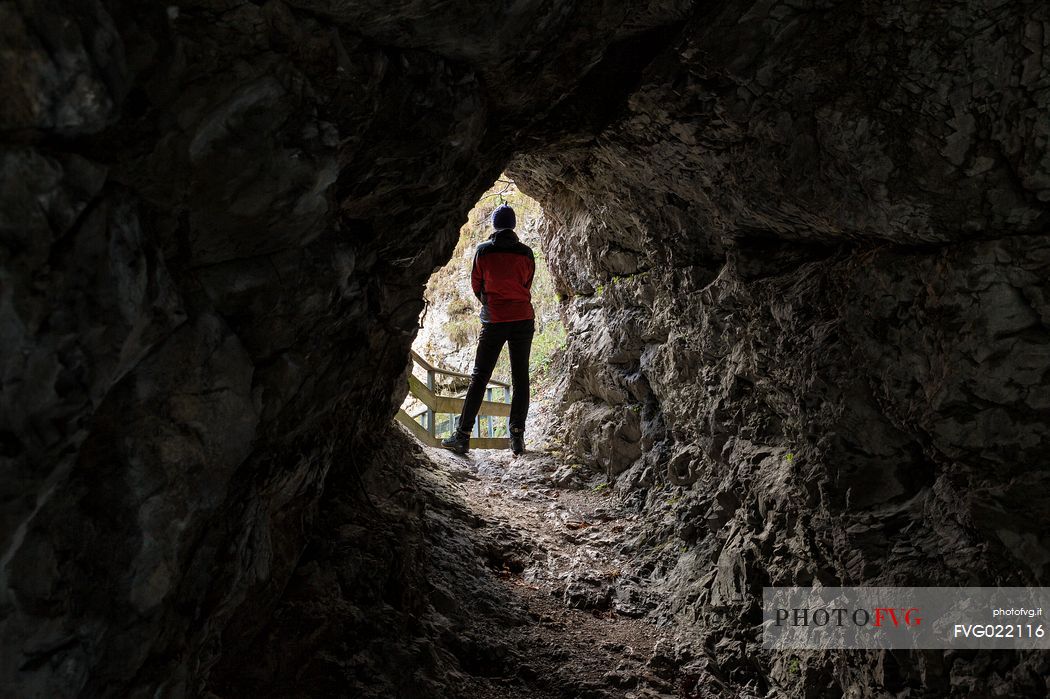
photographer: Anne Maenurm
Hiker in the Cave of the Orrido of Slizza, Julian Alps, Italy
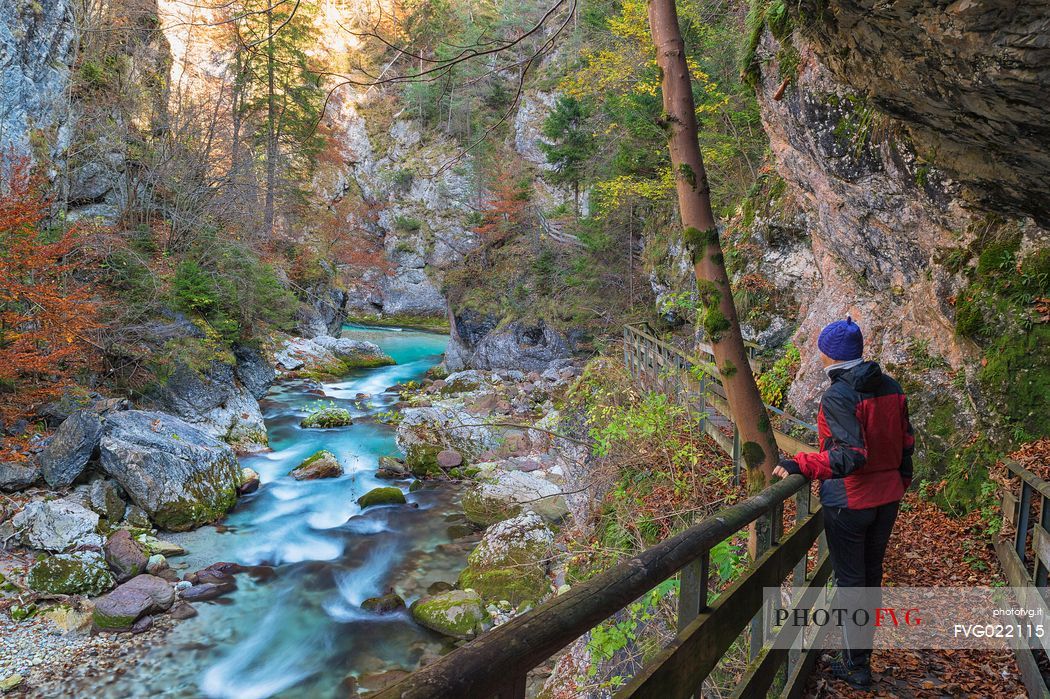
photographer: Anne Maenurm
Hiker in the Orrido of Slizza, s a beautiful water trail, Tarvisio, Friuli Venezia Giulia, Italy

photographer: Anne Maenurm
The Orrido of Slizza is a beautiful water trail, Slizza stream in the Julian Alps, Tarvisio, Italy
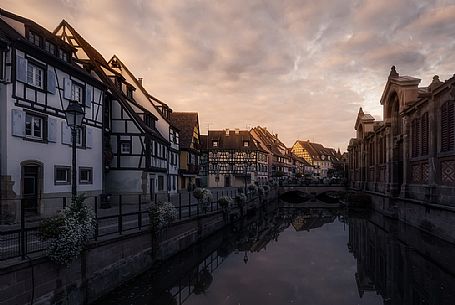
photographer: Luca Benini
Typical Alsatian houses at Colmar town, the petit Venice, Alsace, France
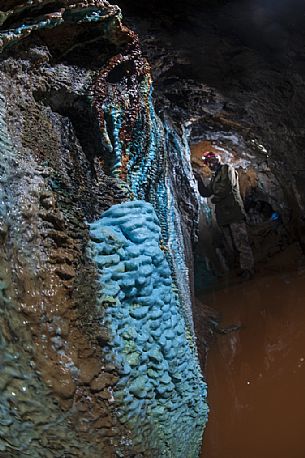
photographer: Cristian Umili
Abandoned copper mine, the water carries with it the mineral that is colored with the contact with the water itself creating the natural sculptures. Zatta mountain, Graveglia valley, Liguria, Italy
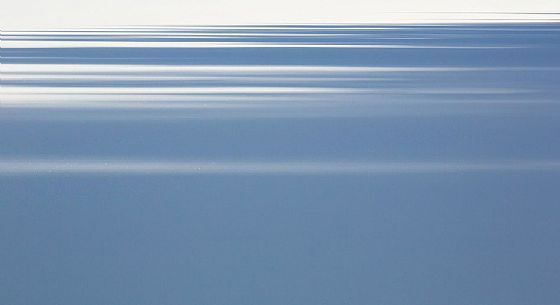
photographer: Andrea Pavan
Snow covered the Fusine Lakes, close up, Tarvisio, Julian Alps, Italy
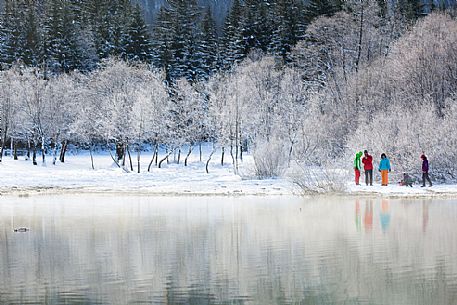
photographer: Andrea Pavan
Hiker at Fusine lake in a winter landscape, Tarvisio, Julian Alps, Italy

